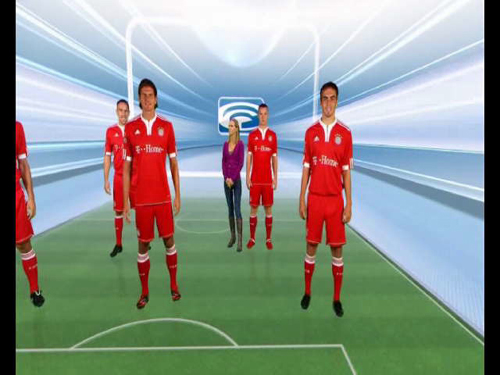

Stereo 3D 360 video is mainly different because it contains 2 video channels within the same video container, for the left and right eye. For this reason, every pixel counts! Stereoscopic 3D 360 Video This is why VR video content sometimes looks like television from the 1990s. This means that a 3840x1920 360 video is actually only displaying about 1280x720 in the viewing portal at a given time. When viewing 360 video content, the viewer is only seeing a small slice of the 360 footage at a given time within their field of view. We’ll get more into that below.Īlthough many 360 videos are a minimum of 4K, content can often still look very blurry. A stereo 360 video has 2 channels, with slightly different perspective to give you the perception of depth, like a 3D film in the theater. When we say mono, we mean the video is a single channel, but it does actually display to both eyes in the VR headset. Think of equirectangular like a world map from a globe, unwrapped and flattened.

A mono 360 video is usually a 2:1 aspect ratio equirectangular video container, common resolutions include 3840x1920, 4096x2048, 5760x2880, and 7680x3840. Mono 360 video was the first and is the most prominently used format for immersive video today. To help inform these decisions, we’ve created the following simple guide. We know it can be difficult to wrap your head around how these formats work and decide which one might be the best for your project, especially if you haven't seen a concise comparison in a headset. Facebook and other platforms have also jumped on board to support these new formats as well. Since then, new formats and flavors of 360 video have been implemented such as 3D stereoscopic 360 and VR180. When YouTube launched 360 video support in early 2015, they brought this new immersive video medium to the masses for the first time. This isn’t a surprise given the rapidly changing technology and the new advancements we read about almost every week. When we ask our clients if they need stereoscopic or monoscopic 360 video, we’re often met with blank stares or silence on the other end of the line. In this article, we covered a simple 360 degree over under video, but you may have noticed the options for 180 & side by side.Not all VR video experiences are created alike. This shader appears to have support for a few different video formats. Then put on the headset and press play, the video should start playing in 3D. The last step is to assign our material to the skybox.ĭrag the Skybox into the Skybox Material field. Set the 3D layout to “Over Under” Skybox Setup Set the mapping type to “Latitude Longitude Layout” Next, we need to create a material for the shader. Select the video player and look to the inspector.Ĭhange the render mode to “Render Texture”.ĭrag the render texture from the project view into the target texture field. A player will automatically be created with the video assigned to it.

To create a video player, drag the video from the project view into the scene view. They can be used to implement image based rendering effects, dynamic shadows, projectors, reflections or surveillance cameras. Render textures are textures that can be rendered to. Select the RenderTexture and change the size to 2304 x 2304. Create a new render texture and name it “Panoramic Render Texture” To use this shader, we need a render texture. You’ll also need to visit your player settings and make sure the Virtual Reality Enabled box is checked. Place the shader and script into your project along with the video file you want to play.
#Stereoscopic 3d player client download#
You can download it or clone the repository, whatever you feel most comfortable doing. Once you’ve downloaded your video, you’ll need to grab the script and shader from this github project: For this article, I’m using an Over-Under video you can download from here: !portfolio/project-13.html To get going, you’ll need a couple things. Prefer to watch video? The entire process is available on youtube here. Earlier today, I stumbled on a post and github project they’ve put together to make 3D 360 video simple to implement. but now, thanks to an open source project put out by Unity Technologies, it’s getting easier. Before today, playing 360 3D video in VR with Unit圓D was a bit complicated. With off the shelf cameras like the Vuze line, it’s gotten easy to record your own without spending the cost of a new car to get started. If you’ve played 360 video in VR, you know it’s kinda cool… But lately, 3D video is starting to take off.


 0 kommentar(er)
0 kommentar(er)
